
Culture
09:01, 31-Dec-2018
Firsts in the China-U.S. relationship
Updated
08:48, 03-Jan-2019
By Yang Meng, Bu Shi
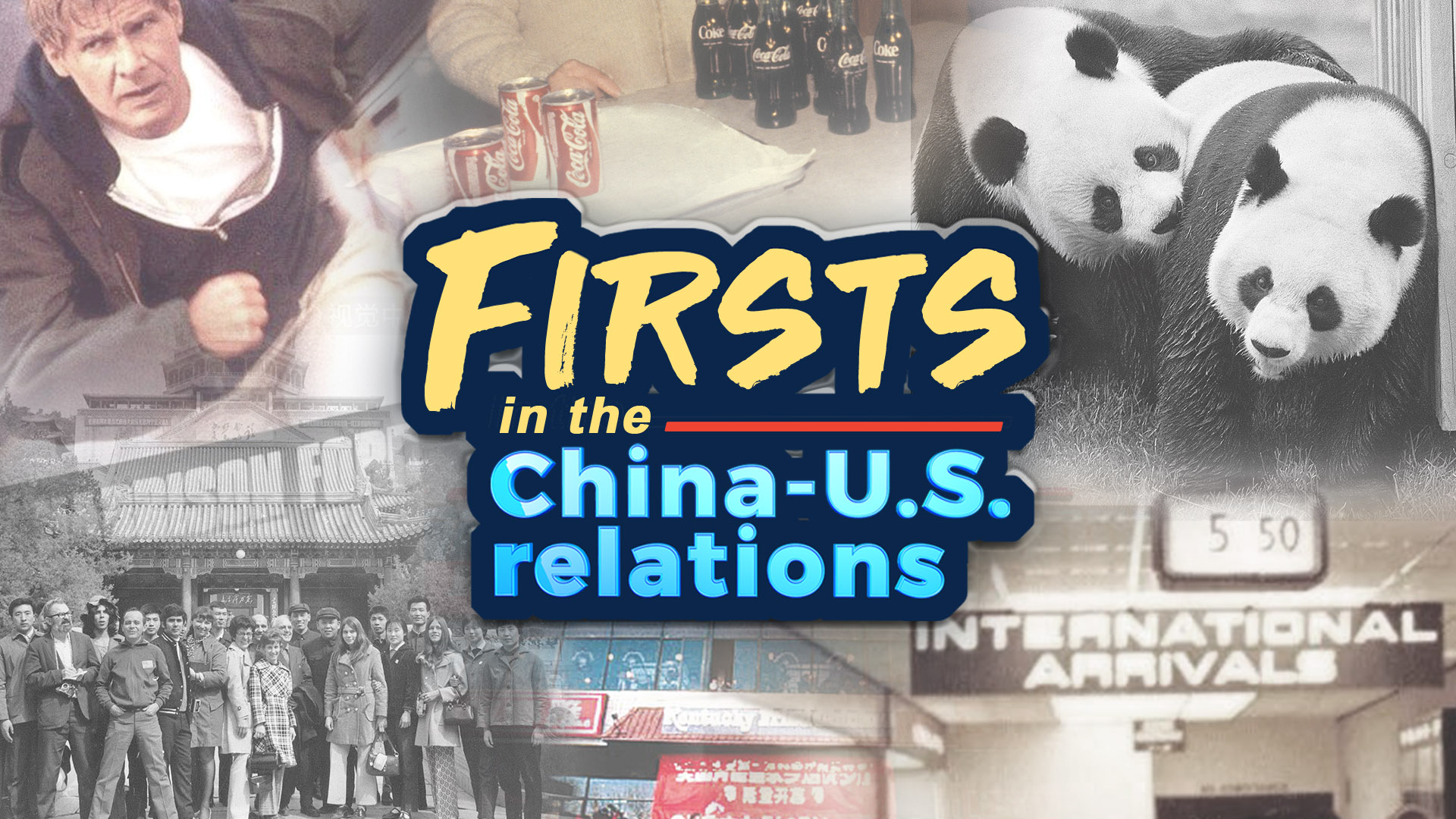
The diplomatic ties between China and the United States are about to enter their fortieth year. Over the past four decades, China-U.S. relations have made many historic achievements, which have brought about tangible benefits to both countries and contributed greatly to world peace, development and prosperity.
Exchanges are crucial to these ties and both people-to-people and cultural exchanges between China and the United States have a long history of being all-dimensional and multi-tiered. Looking back on these 40 years, there are many firsts worth remembering.
Ping-pong diplomacy
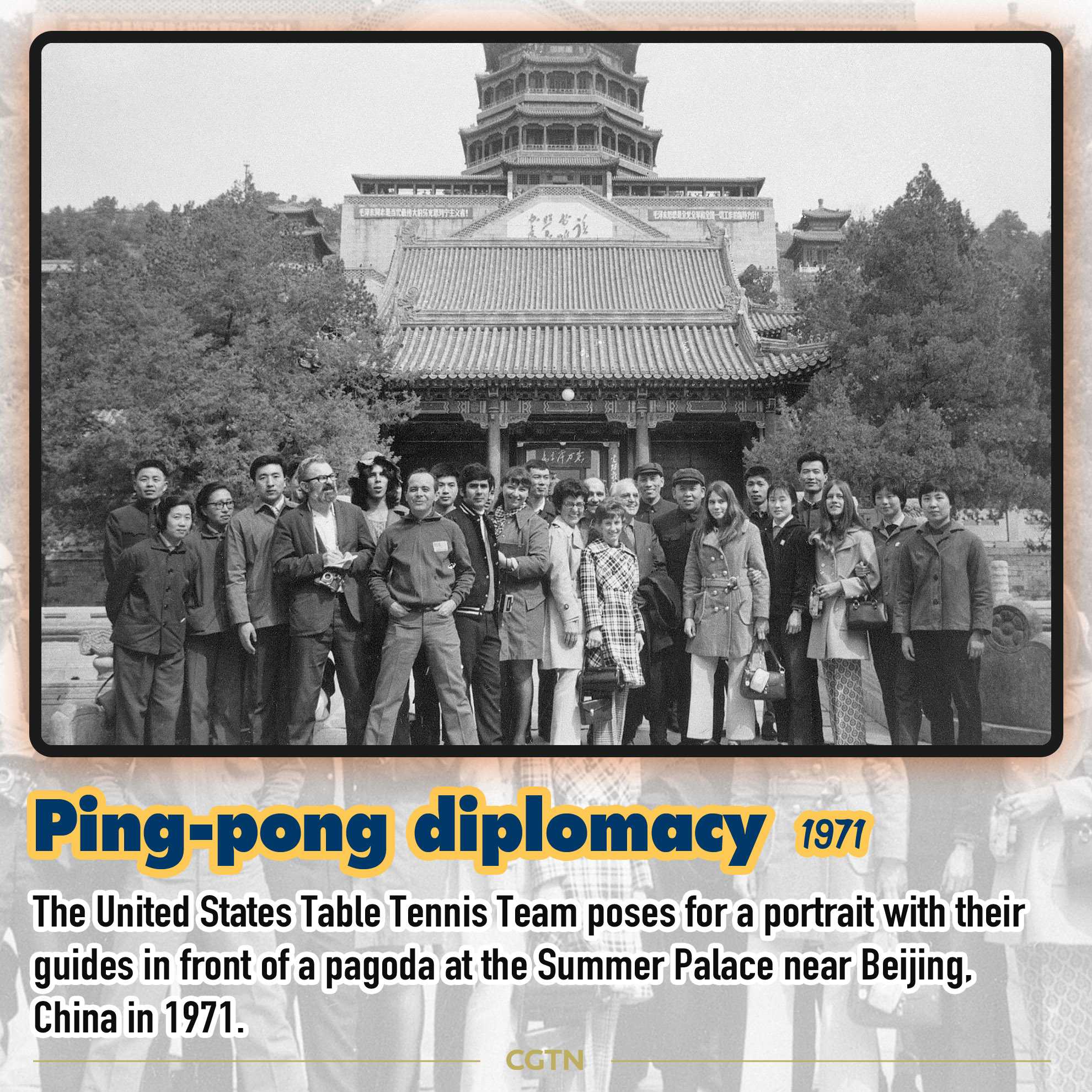
CGTN Photo
CGTN Photo
In the spring of 1971, the Chinese table tennis team took part in the 31st World Table Tennis Championships in Nagoya, Japan, for the first time in six years. While in Japan, the U.S. team made a request for a visit to China, which was granted for April 10, 1971.
This was the first official visit by a U.S. delegation since the founding of the People's Republic of China.
The "ping-pong diplomacy" was a significant breakthrough in China-U.S. relations and opened the political deadlock that had persisted for more than two decades.
The gift of Giant pandas
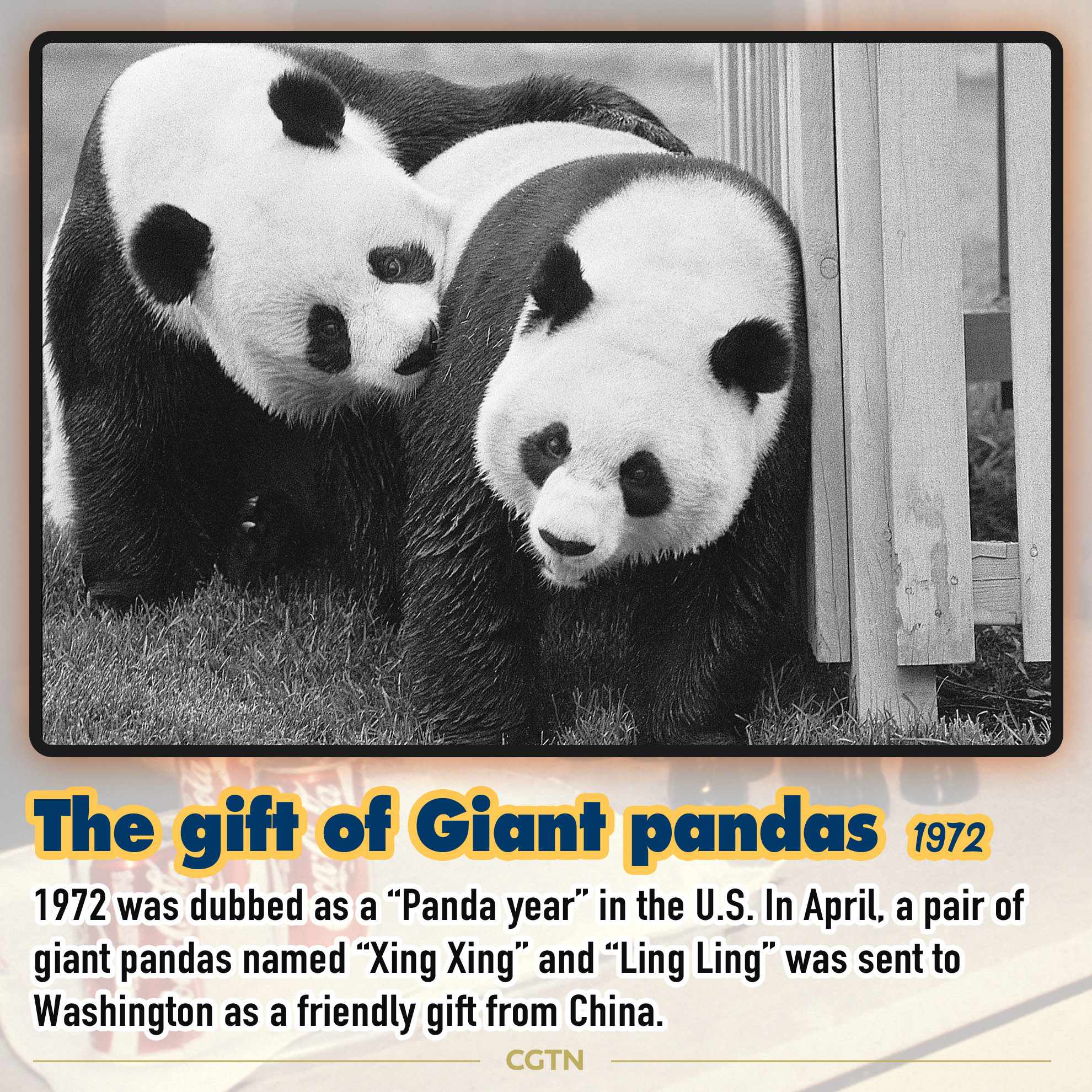
CGTN Photo
CGTN Photo
1972 was dubbed as a “Panda year” in the U.S. In April, a pair of giant pandas named “Xing Xing” and “Ling Ling” was sent to Washington as a friendly gift from China as a corollary to then-U.S. President Richard Nixon's historic visit to Beijing to promote ties between the two countries. The two pandas, instantly won the hearts of the American people, were considered a symbol of normalizing China-U.S. diplomatic relations.
Education exchanges

CGTN Photo
CGTN Photo
In October 1978, a Chinese education delegation led by Zhou Peiyuan, the head of Peking University at that time, made a two-week visit to the U.S. to negotiate a new era in China-U.S. education exchanges. The trip concluded with an 11-point verbal accord in which both sides agreed to institute two-way exchanges and take full advantage of any available scholarships.
Two months, the first group of 52 Chinese scholars traveled to the U.S. and witnessed the official normalization of Sino-U.S. ties on January 1, 1979.
Coca-Cola is back
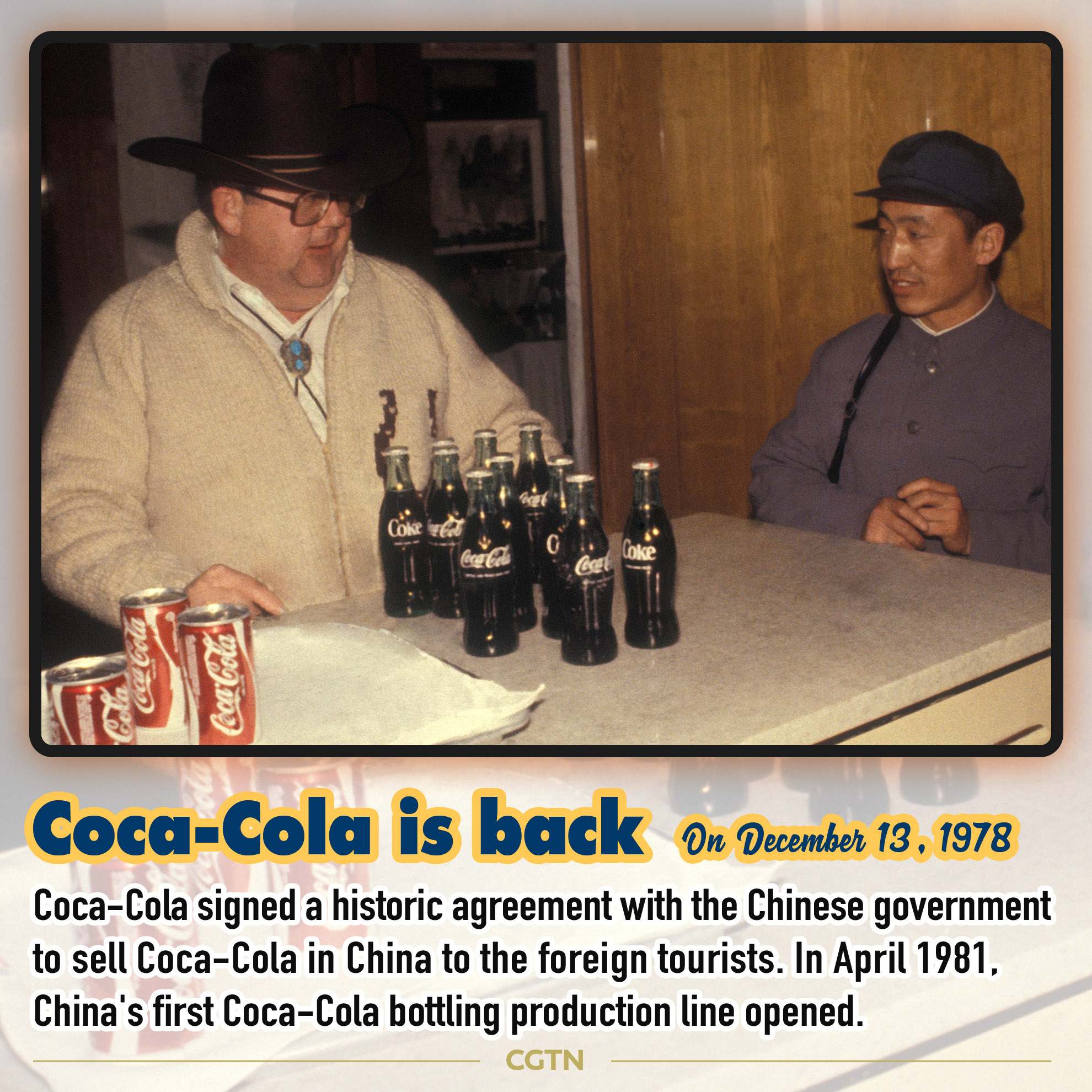
CGTN Photo
CGTN Photo
Coca-Cola celebrated 35 years in China in 2014. After several attempts, Coca-Cola signed a historic agreement with the Chinese government on December 13, 1978 to sell Coca-Cola in China to the foreign tourists. In April 1981, China's first Coca-Cola bottling production line opened.
First sister cities
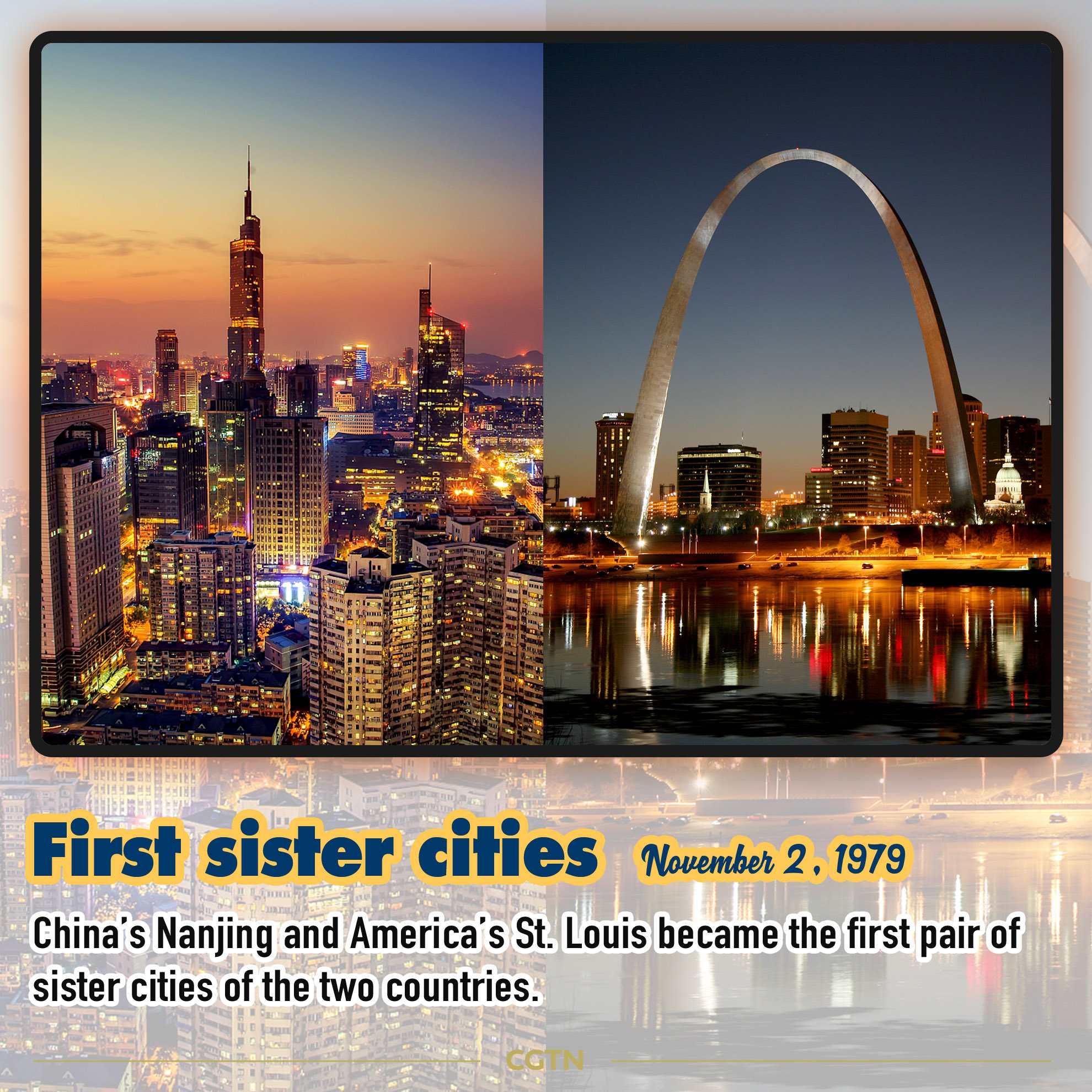
CGTN Photo
CGTN Photo
On November 2, 1979, China's Nanjing and America's St. Louis became the first pair of sister cities of the two countries. Since then, the amount of sister cities between China and the United States have grown and become an irreplaceable way of enhancing mutual understanding and friendship between the two countries.
Nowadays, China and the United States have 47 pairs of sister provinces and states and 215 pairs of sister cities.
First flight path opened up
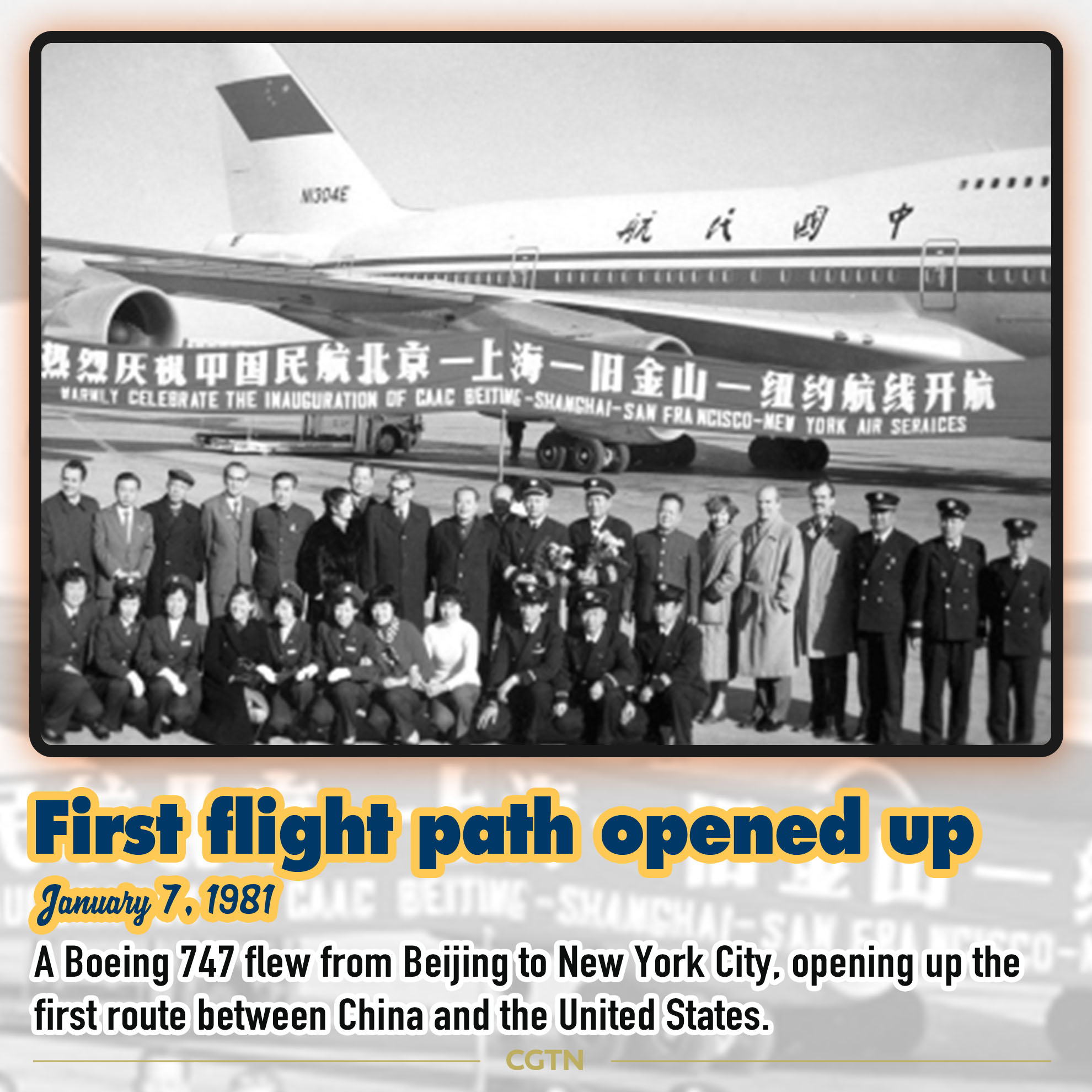
CGTN Photo
CGTN Photo
On January 7, 1981, a Boeing 747 flew from Beijing to New York City, opening up the first route between China and the United States. It marked the official launch of regular flights between China and the United States, a move that greatly promoted exchanges and cooperation between the two countries.
As of 2018, there is a flight every 17 minutes between China and the United States.
Fast food in Beijing
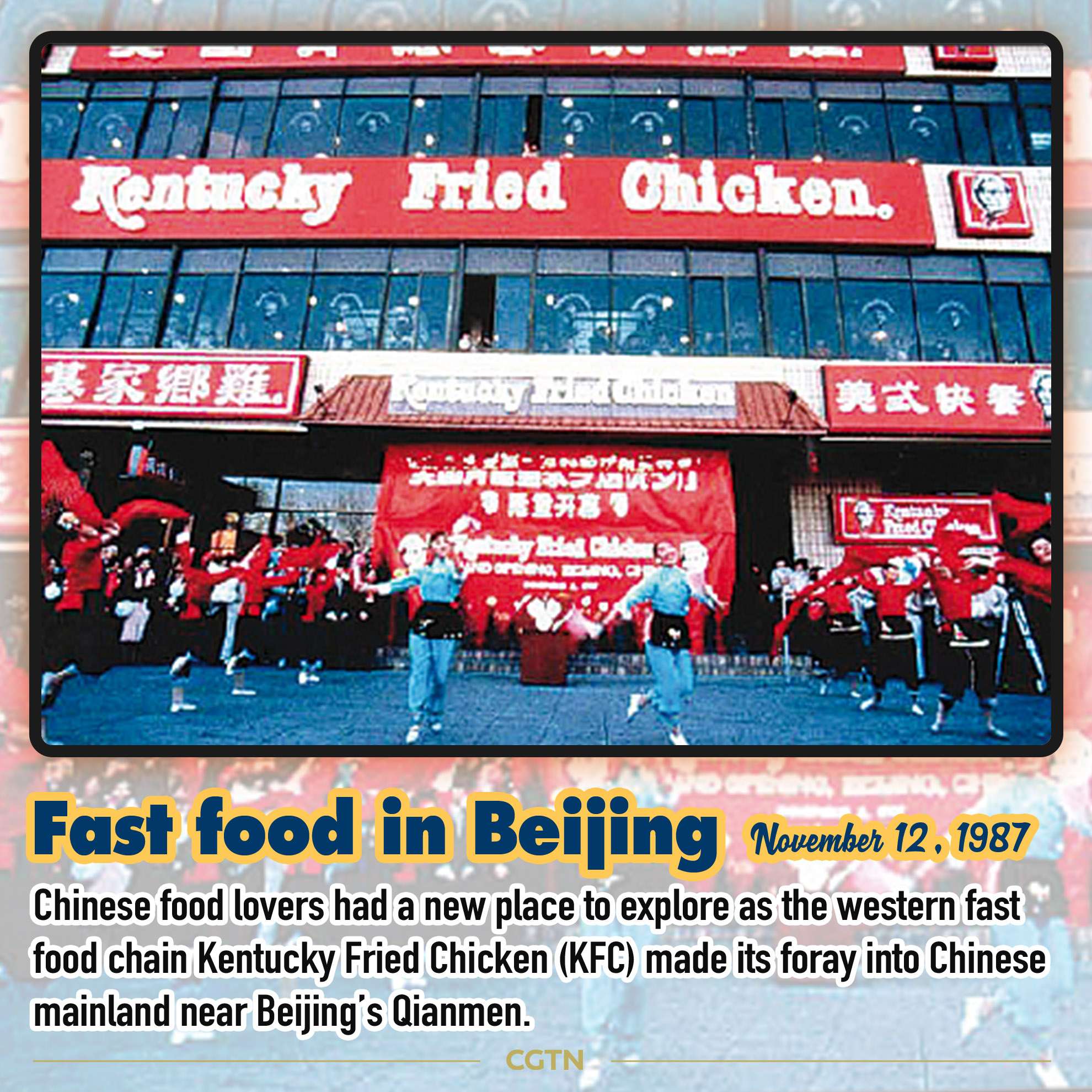
CGTN Photo
CGTN Photo
On November 12, 1987, Chinese food lovers had a new place to explore as the western fast food chain Kentucky Fried Chicken (KFC) made its foray into the Chinese mainland near Beijing's Qianmen. The three-story restaurant occupied a total space of 1,100 square meters and was the largest KFC outlet in the world back then. It was also a big hit with 2,200 buckets of fried chicken sold within its first day, raking in a whopping 83,000 yuan (22,300 USD then).
First Hollywood film
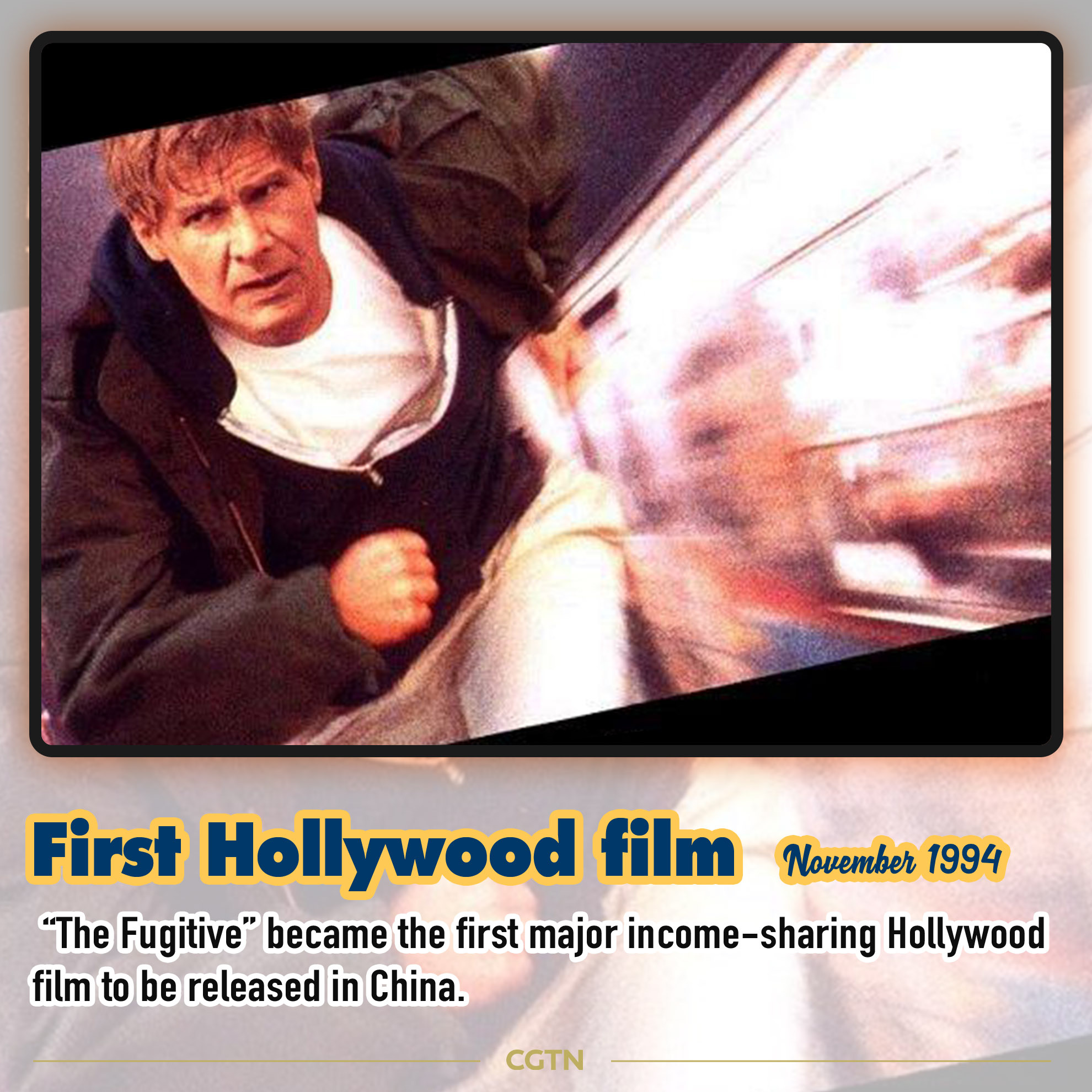
CGTN Photo
CGTN Photo
In November 1994, “The Fugitive” became the first major income-sharing Hollywood film to be released in China. It was released in Beijing, Shanghai, Guangzhou, Tianjin, Chongqing and Zhengzhou and was China's first box office miracle as it brought in 25 million yuan. Ever since, Chinese audiences have got more and more opportunities to discover the U.S. via the silver screen.
(Graphics designer: Fan Chenxiao)

SITEMAP
Copyright © 2018 CGTN. Beijing ICP prepared NO.16065310-3
Copyright © 2018 CGTN. Beijing ICP prepared NO.16065310-3